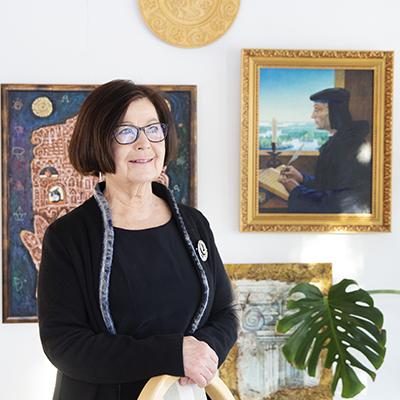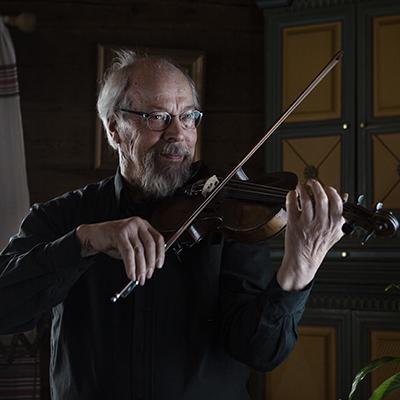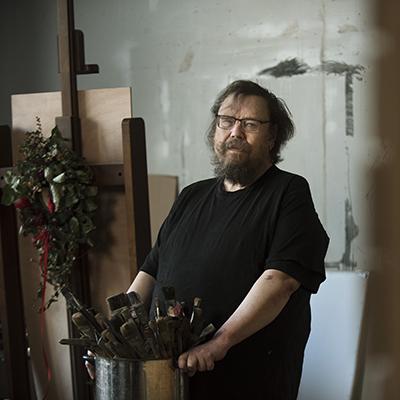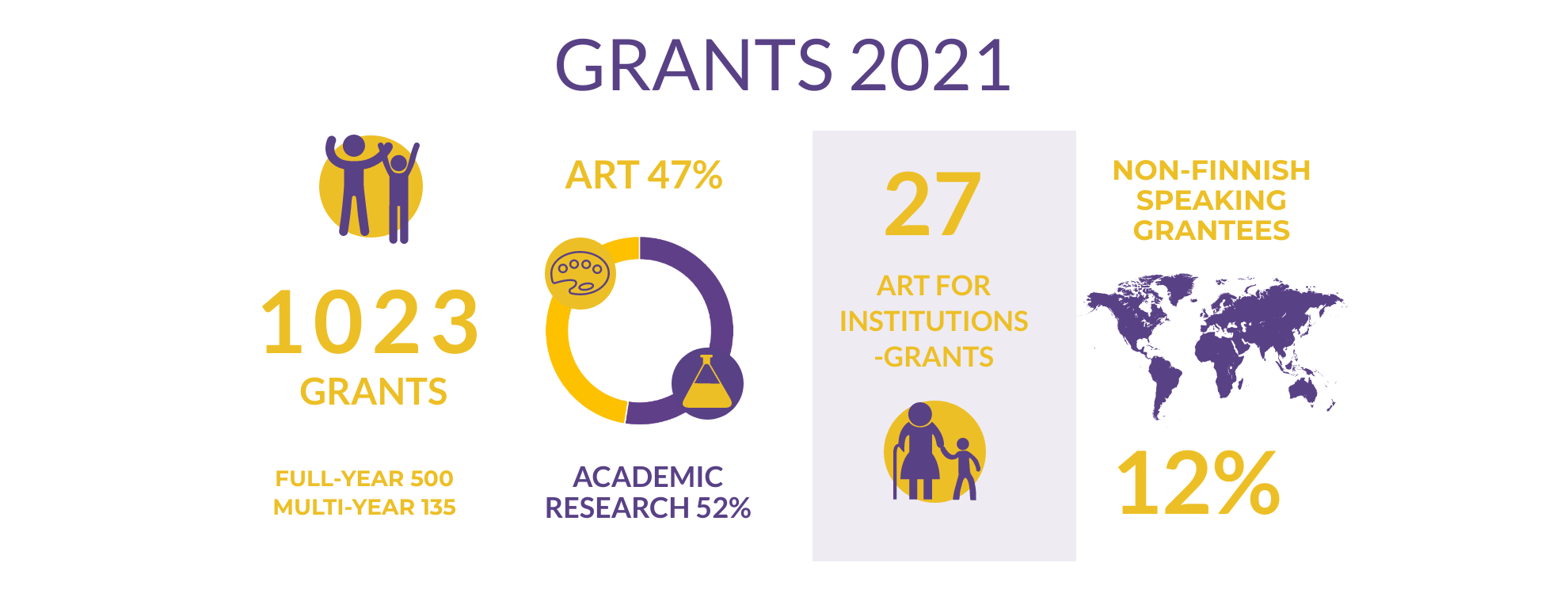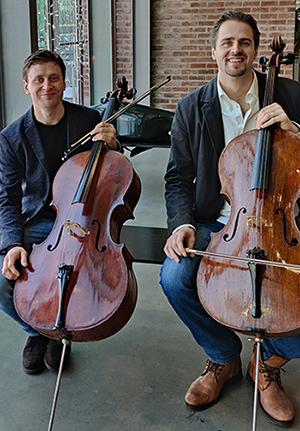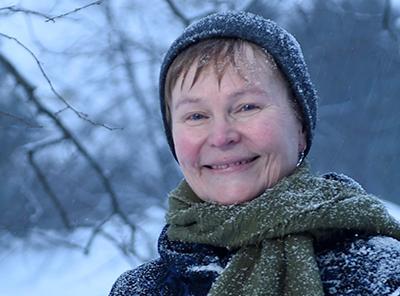Finnish Cultural Foundation’s grand prizes for significant achievements in culture
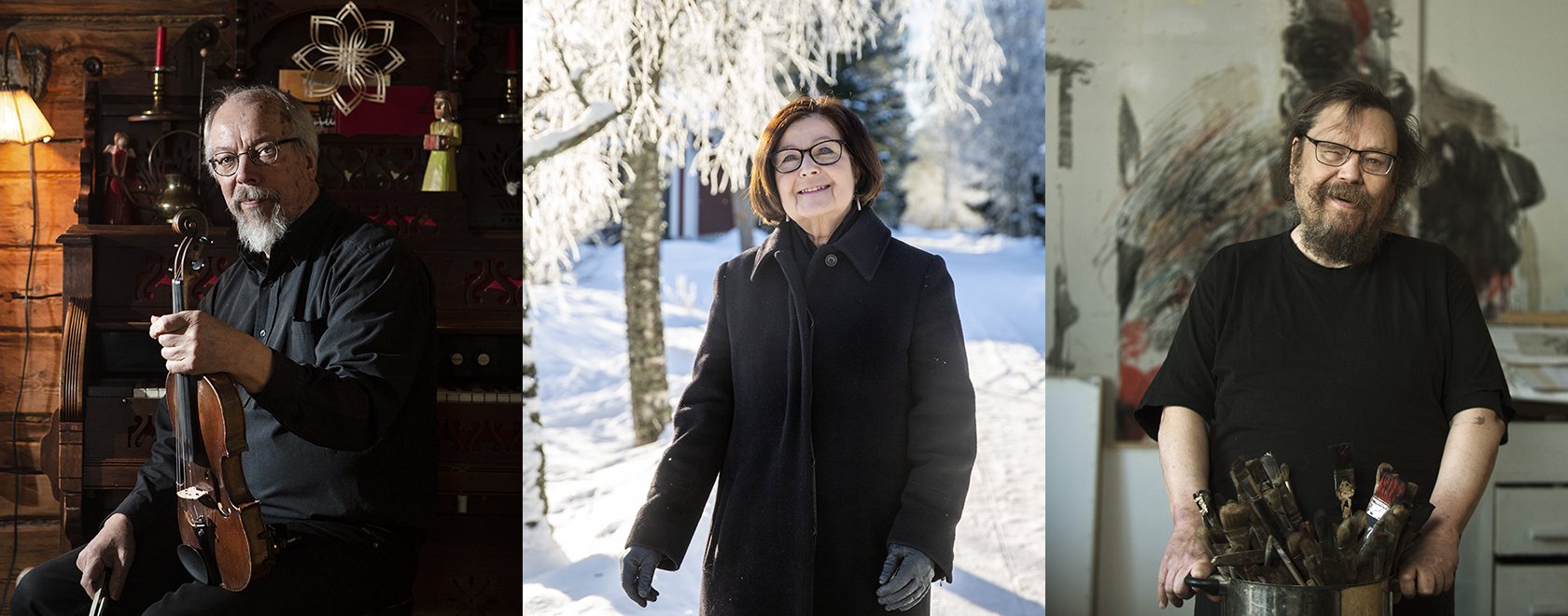
Kaisa Häkkinen
Kaisa Häkkinen, Professor Emerita and Finnish Academician of Science, has educated the Finnish public on the language that we use and the origins of its words.
Häkkinen has made an astonishing academic career in the fields of linguistics, Fennistics and Finno-Ugric philology. She began by examining the phonology of the Vogul dialect of the Uralic languages in a dissertation in 1973. Since then, she has held numerous posts at the University of Turku, Åbo Akademi University and the Academy of Finland. Häkkinen has served the academic and scientific community as an assistant, adjunct professor, textbook author, professor, dean, head of institutes and scientific associations, and board member of various research institutions.
For any daily Finnish language user, Häkkinen’s Etymological Dictionary of Contemporary Finnish is a treasure trove. It reveals where our basic words come from, the stratifications of our language, the conclusions that may be drawn from the phonetic forms and distribution of words, and which parts of our formal language are borrowed vs. passed down. Her opus on the principles of linguistics has been required reading for entrance examinations at almost all Finnish universities.
In 2005, Kaisa Häkkinen received the State Award for Public Information for her book Linnun nimi, and in 2007 the Finnish Union of University Professors named her Professor of the Year. She received the title of Academician of Science in 2020.
The prize is awarded for peeling back the layers of language and explaining the meanings of words.
Mauno Järvelä
The continuing career of folk musician and violin pedagogue Mauno Järvelä has been crucial for the survival of traditional music and the growth of contemporary folk music in Finland. As an educator, he has revitalised and reformed musical instruction for children by developing the “näppäri” method, which centres around communal musicianship and inclusion. Through several decades of weekend and summer courses, the method has become a true popular movement with thousands of participants. Järvelä’s efforts have led to the preservation of the Kaustinen fiddling tradition, which is to be included on a UNESCO List of Intangible Cultural Heritage.
As a musician, Järvelä has had a significant influence on the development of contemporary folk music, particularly through the Kankaan pelimannit group in the 1970s and 80s, and the still active group JPP. His artistic output, especially in relation to modernising band music and as a composer, arranger and performer, has influenced the style of numerous fiddle-based contemporary folk music bands in Finland.
Järvelä’s work in recording and transcribing folk music is often overlooked; the masses of sheet music he has published via the Finnish Folk Music Institute have helped to ensure that unique Finnish musical traditions can be passed down to future generations.
The prize is awarded for being a preserver of traditions and a teacher of joyful musicianship.
Kuutti Lavonen
Kuutti Lavonen is a painter, graphic artist, photographer, professor and poet. Having studied in northern Italy at the Istituto Superiore per le Industrie Artistiche, he has conducted artistic work since 1978 that has helped to raise the status of Finnish visual arts nationally and internationally. Lavonen’s work can be found in preeminent collections in Sweden, France and Spain, among others.
One of Lavonen’s most significant works in the twenty-first century were the decorative murals of St Olaf’s Church in Tyrvää, created in collaboration with Osmo Rauhala. The two artists together received a cultural award from the Church of Finland for their efforts in 2009, and they also joined a long historical continuum of artists whose work has a spiritual element. His depictions of holiness link Lavonen to both the Renaissance and Baroque periods, which he so skilfully reflects in his work.
Lavonen was Professor of Graphic Arts at the Academy of Fine Arts in Helsinki between 1999 and 2003, and he also founded the Helsinki Litho workshop. He can be credited with modernising graphic art in Finland and inspiring new generations of artists. Lavonen’s artistic output and ideas are an indication of how art opens us and how pictures give form to our thoughts.
Kuutti Lavonen presents us with fragments of eternal beauty, mirrored by associated powerful emotions. For decades, he has invited us through these to ponder our understanding of justice, truth and virtue. By showing humans in their naked, bare and mortal form, Lavonen brings history timelessly into the modern day. His works are like glimpses of a window of eternity.
The prize is awarded for the art of holiness and for depictions of true humanity.
